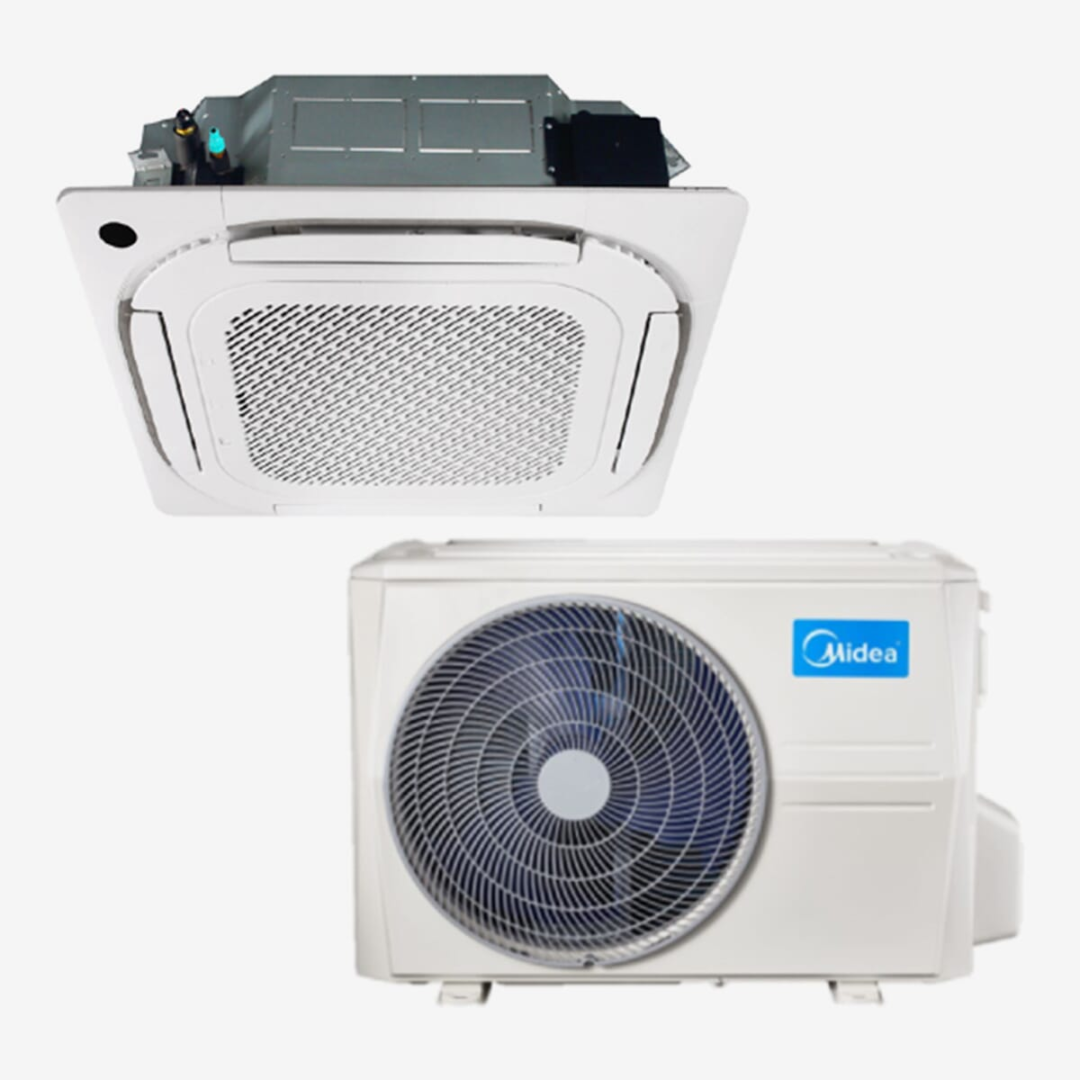Navigating the world of air conditioners in Nepal involves considering various factors, from the type of AC that suits your space to the critical decision between inverter and non-inverter models. Additionally, understanding power consumption in regular households and recognizing the appeal of leading brands like Midea ensures a well-informed and satisfactory purchase. Whether you choose a wall mount, ceiling cassette, standing, or portable AC, the key is to balance your budget and the features that matter most to you. A comfortable home or office space is essential, making exploring AC prices and types on Daraz crucial. This blog will delve into the diverse types of air conditioners available, the difference between inverter and non-inverter models, power consumption in regular households, and more.
Types of Air Conditioners Available in Nepal
1. Wall Mount Air Conditioner

Wall mount ACs, also known as split ACs, are a popular choice among Nepali consumers. These systems consist of two units – an indoor unit mounted on the wall inside the room and an outdoor unit placed outside. Wall mount ACs offer efficient cooling, sleek designs, and easy installation. Available in various capacities, they are suitable for different room sizes, making them a versatile and widely adopted option in the Nepali market.
2. Ceiling Cassette Air Conditioner

Ceiling cassette ACs are gaining popularity for their discreet yet powerful cooling capabilities. Installed in the ceiling, these units provide even air distribution throughout larger spaces. While they may have a slightly higher upfront cost, their advanced features and broader coverage make them a compelling choice for those seeking optimal comfort in spacious environments.
3. Standing Air Conditioner

Standing ACs, or floor-standing units, are known for their versatility and mobility. With a compact design and easy movement, these ACs are ideal for spaces where wall or ceiling installations may not be feasible. They offer various capacities to suit different room sizes and provide a budget-friendly alternative for those who prioritise flexibility and ease of use.
4. Portable Air Conditioner

For ultimate flexibility, portable ACs are a popular choice. Equipped with wheels for easy mobility, these units require no permanent installation. Portable ACs are particularly suitable for renters or those who want a cooling solution that can be moved between rooms effortlessly. While they may have a slightly higher price tag than standing units, their convenience often justifies the investment.
Difference between Inverter and Non-Inverter Air Conditioner
Understanding the difference between inverter and non-inverter ACs is crucial for making an informed purchase.
1. Inverter Air Conditioner

- Inverter air conditioners are known for their energy efficiency, as they can adjust the compressor speed based on the cooling requirements. This allows them to consume less power during periods of lower demand.
- On average, an inverter AC with a cooling capacity of 1 ton (12,000 BTUs per hour) may consume around 1.0 to 1.5 kilowatts per hour (kWh) under normal operating conditions. This is a general estimate, and the actual consumption can vary based on factors like brand, model, and specific operating conditions.
2. Non-Inverter Air Conditioner
- Non-inverter air conditioners operate at a fixed speed and typically have two modes – on (running at full capacity) and off. This can lead to more significant power consumption during startup.
- A non-inverter AC with a cooling capacity of 1 ton might consume around 1.2 to 1.8 kWh per hour. Again, this is a general estimate, and the actual consumption can vary based on factors like brand, model, and specific operating conditions.
Midea: Nepal’s Number 1 AC Selling Brand

Midea has emerged as the leading choice for consumers in the diverse landscape of AC brands available in Nepal. Known for its commitment to quality, innovation, and customer satisfaction, Midea offers a wide range of air conditioners, including wall mount, ceiling cassette, standing, and portable units, catering to the diverse needs of Nepali consumers.

